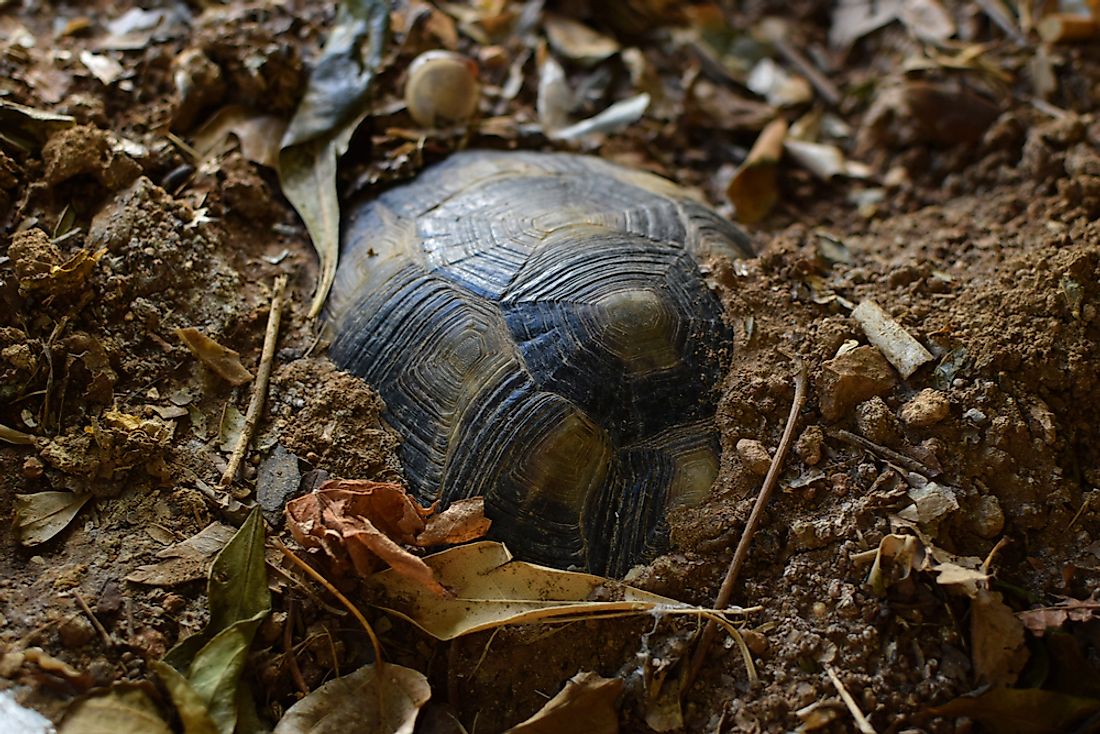What Is Estivation? Animals That Estivate

Aestivation or estivation refers to a period when an animal enters into a state of dormancy during hot and dry seasons. The period of dormancy is usually characterized by reduced activity of the animal, which also translates to a reduction in the metabolic activity. The dry conditions that trigger this sort of dormancy usually occur during the summer. Records and research suggest that the evolution of this process, which occurs to both aquatic and terrestrial animals, may have taken place millions of years past. Both vertebrates and invertebrates are known to aestivate during the summer months to prevent desiccation, which is simply extreme dryness.
Role of Estivation
An organism that is aestivating does not appear to be in a deep state of dormancy, which means that the state is quickly reversible should the need arise. For example, the species of snails known as the Milk Snail or Otala lactea, which is native to Northern Africa and Europe, can reverse the state in under ten minutes. Just like hibernation, aestivation plays a similar role of conserving energy and water. In fact, animals that estivate go through physiological processes that are similar to hibernation. Other reasons for estivation include efficient use of stored energy, stabilization of the body organs, and dealing with products containing nitrogen.
Animals That Undergo Estivation
Invertebrates
There are a number of invertebrates, such as species of Mollusca and Arthropoda, which go through this process. Good examples under Mollusca are animals in the class known as Gastropoda, which includes land snails. Some of the species in this class climb up plants or go to shaded regions to aestivate. These types of animal are commonly found in places with crop trees or bushy and forested areas. Those that climb up food crops for estivation are usually a nuisance for farmers. To prevent water loss, some land snails release a substance that creates a membrane to seal their shells while allowing for little oxygen.
For Arthropoda, two classes of animals (Insecta and Crustacea) go through aestivation. As the name suggests, Insecta includes insects such as lady beetles, mosquitoes, false honey ants, Bogong moths, adult alfalfa weevils, and others. All of them show reduced levels of activity during the summer. In the case of Crustacea, a good example is the Australian crab or Austrothelphusa transversa, which goes underground for estivation during the hotter periods.
Vertebrates
In the case of vertebrates, there is a greater number of animals that estivate including reptiles, amphibians, fish, and mammals. Reptiles and amphibians include the likes of North American desert tortoises, salamanders, and crocodiles. These animals usually estivate underground where the temperatures are cooler. In the case of California red-legged frog, estivation occurs when the food and water levels are down, not necessarily during summer. Another example is that of the water-holding frog, which estivates by going underground in the summer in a watertight layer. However, Australian Aborigines found a way to get water in the summer from the frogs by squeezing the frogs for the water in the cocoons. Unfortunately, this kills the frog. An example of fish that estivate is the African lungfish. Mammals that estivate are rarer but include the likes of the Malagasy fat-tailed dwarf lemur and the East African hedgehogs.











